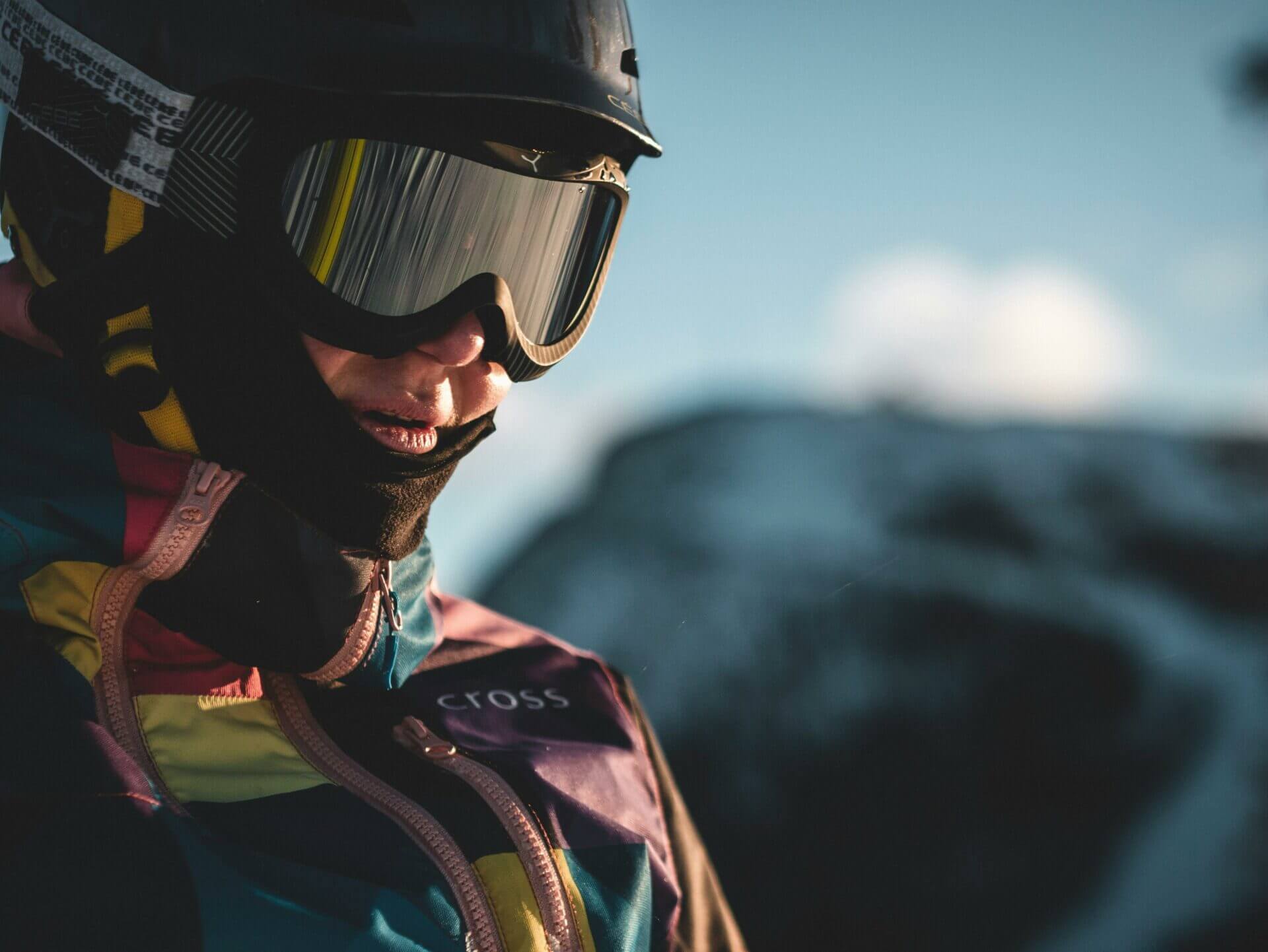How Can I Prevent Snow Blindness?
Invest in the Right Eyewear
It's crucial to choose sunglasses or goggles that not only block 100% of UV rays but also snugly fit, ensuring complete coverage for your eyes. This step is non-negotiable for safeguarding your vision.
Stay Alert to Reflective Hazards
Keep in mind, surfaces like water, sand, and snow aren't just pretty to look at. They're also highly reflective, potentially increasing the risk of snow blindness. Awareness is your first line of defense here.
Medications and UV Sensitivity
Some medications can make your eyes more vulnerable to UV rays. If you're on any such treatments, stepping up your protective measures is wise. It's about adapting to your body's changing needs.
Shield Your Eyes in All Seasons
Whether you're hitting the slopes, cycling through a sunny path, or working outdoors, eye protection is a must. Don't let the season fool you; UV rays don't take a holiday.
Spread Knowledge and Gear Up
Sharing knowledge about UV dangers and eye protection can make outings safer for everyone. Before heading out for any high-risk activities, make sure everyone in your group is well-equipped with proper UV-protective eyewear. It's a collective effort towards better eye health.

















